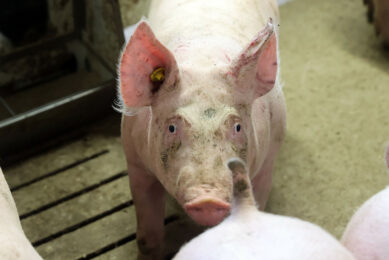CFIA decodes genetic makeup of H1N1 in swine
Scientists at the Canadian Food Inspection Agency’s (CFIA) National Centre for Foreign Animal Disease (NCFAD) have mapped the full genetic sequence of the virus found in swine from Alberta, a development that will help scientists around the world better understand the virus and its affects on animals.
Influenza viruses do not affect the safety of properly handled and cooked pork.
In close collaboration with their colleagues at Canada’s National Microbiology Laboratory, CFIA scientists now have a complete picture of the virus detected in swine on an Alberta farm. This validates early test results and confirms that the virus found in the pigs is the same as the virus causing illness in humans around the world.
The CFIA will share the diagnostic methods developed to identify the novel H1N1 influenza in swine with provinces and territories, international agencies and other countries to facilitate surveillance and detection activities.
Reasearchers are now focusing on how the H1N1 flu virus affects swine. Although more study is needed, early observations suggest that infected animals become sick and recover naturally, just as they would if exposed to influenza viruses commonly seen in swine herds at a global level.
Ongoing CFIA research is examining whether or not other animals are susceptible to the virus. This information may be used to refine disease prevention and control measures. Studies are also underway to assess the effectiveness of current vaccines, and to develop better and faster diagnostic methods.
Related website
• Canadian Food Inspection Agency’s (CFIA)©











